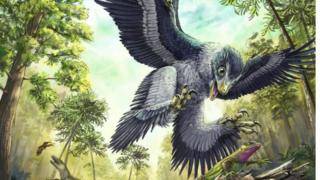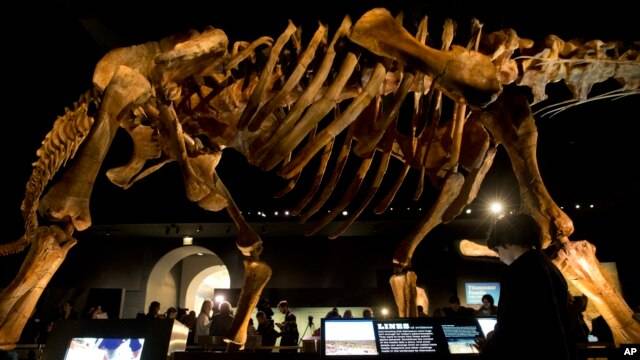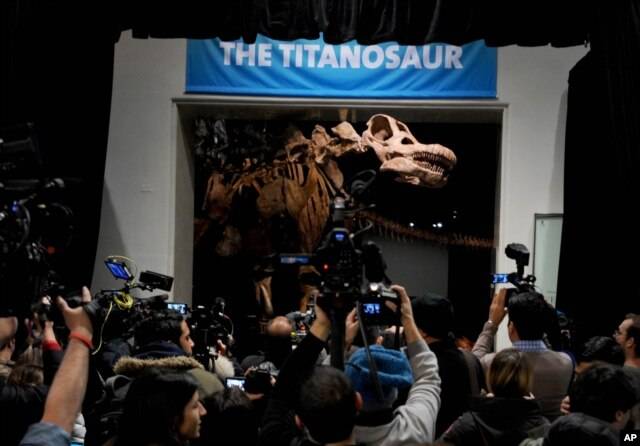LittleNipper
Gold Member
- Jan 3, 2013
- 5,613
- 839
- 130
Please see:
[ame=http://www.youtube.com/watch?v=0l8egs8MFwk]10 Things You Didn't Know About Dinosaurs - YouTube[/ame]
[ame=http://www.youtube.com/watch?v=0l8egs8MFwk]10 Things You Didn't Know About Dinosaurs - YouTube[/ame]




